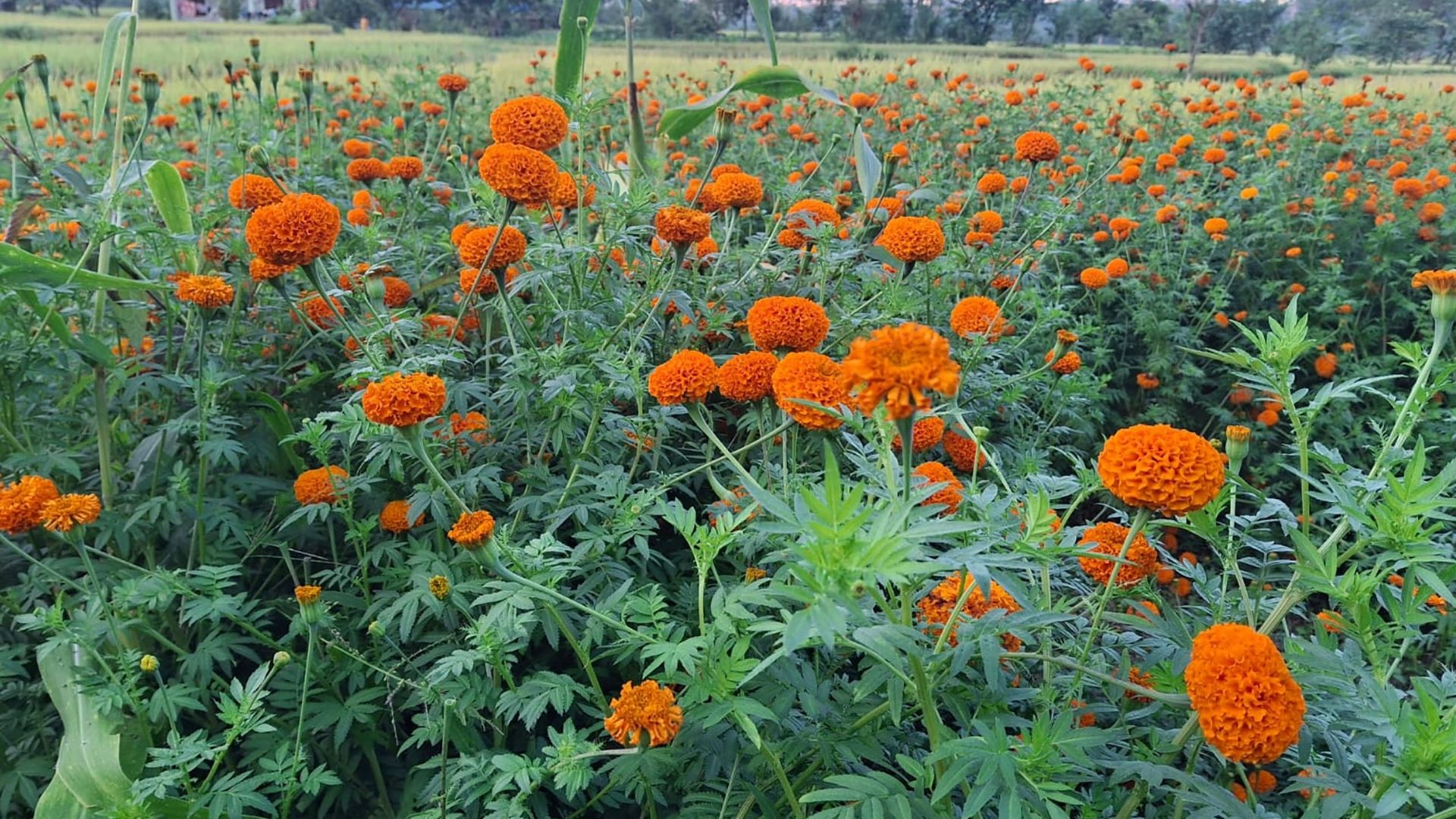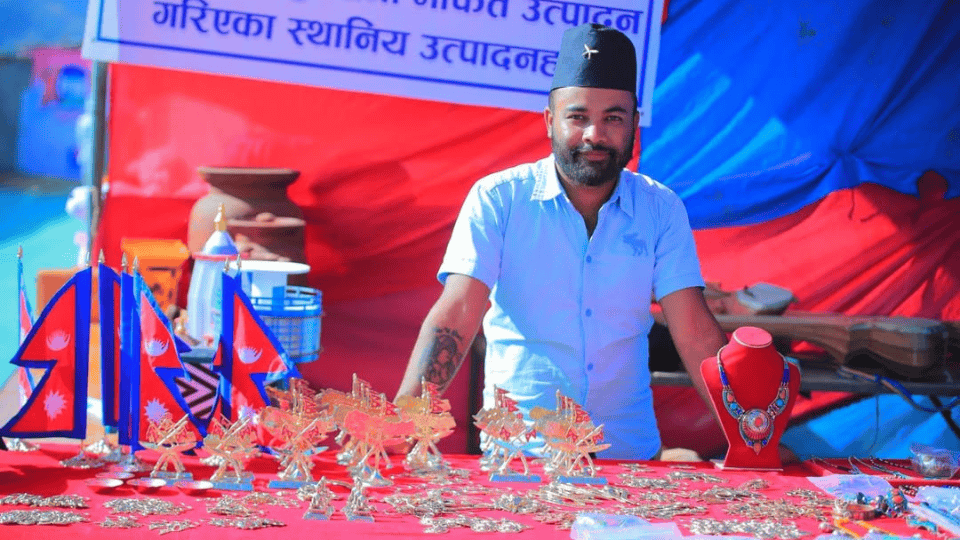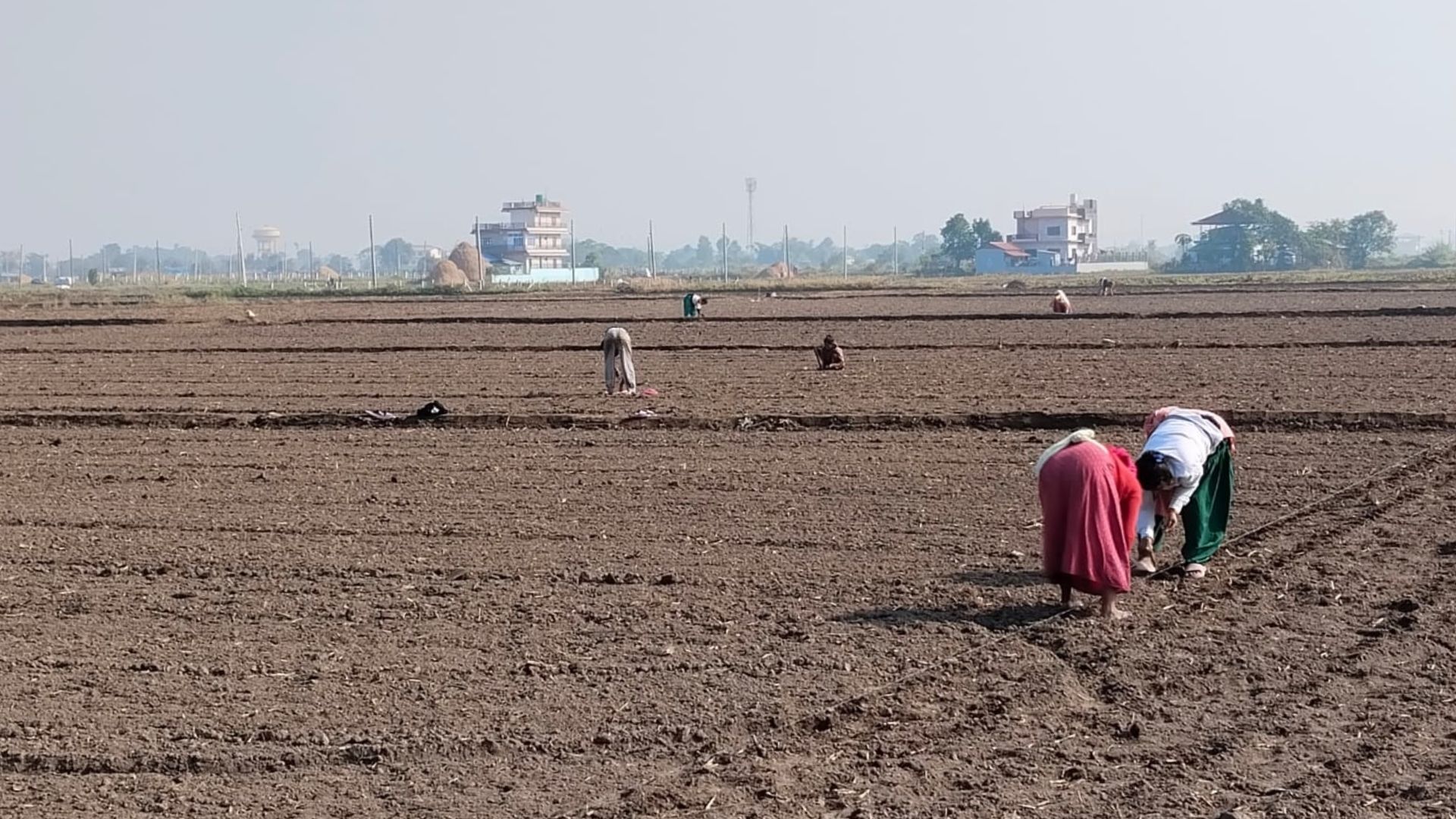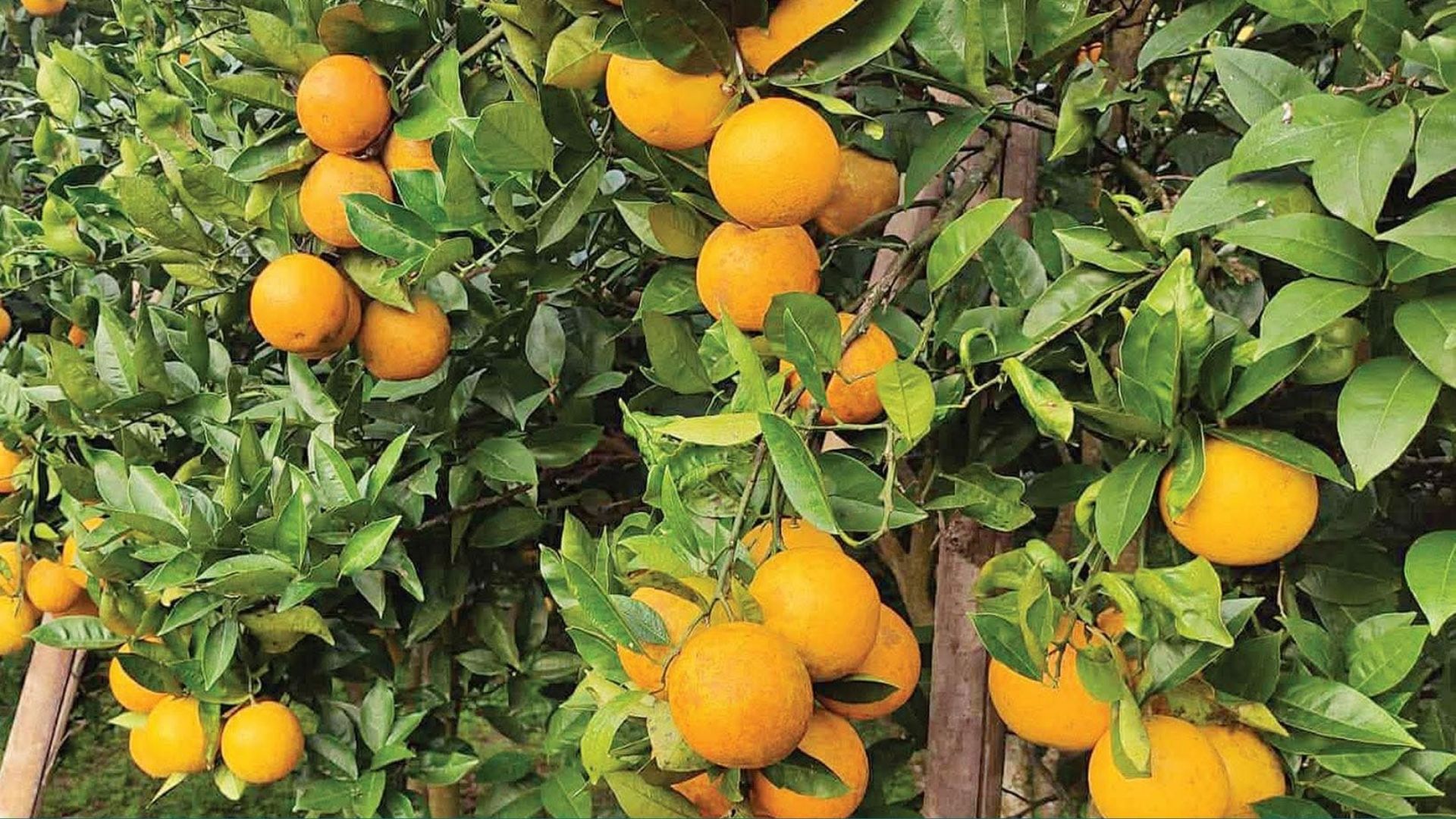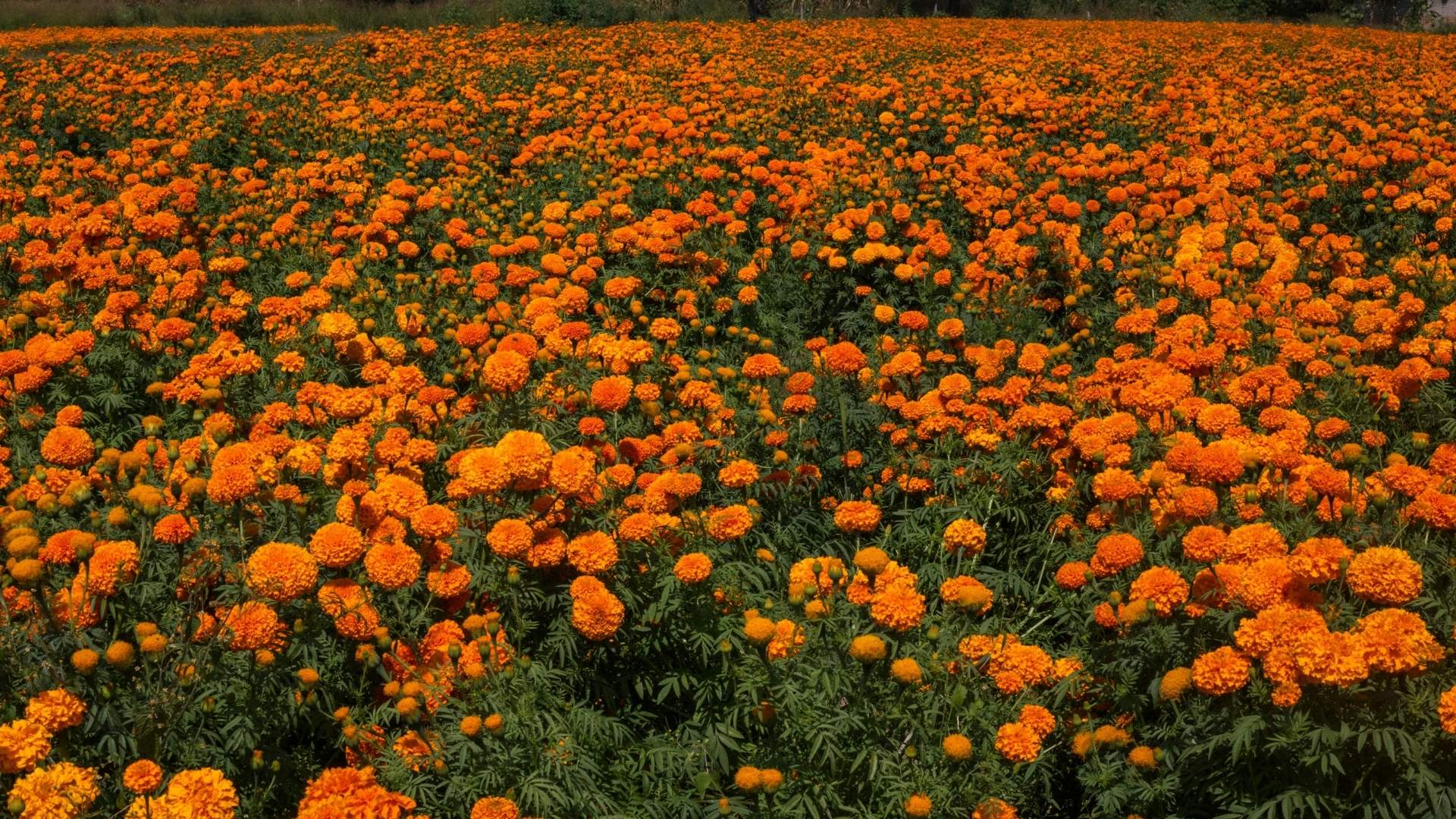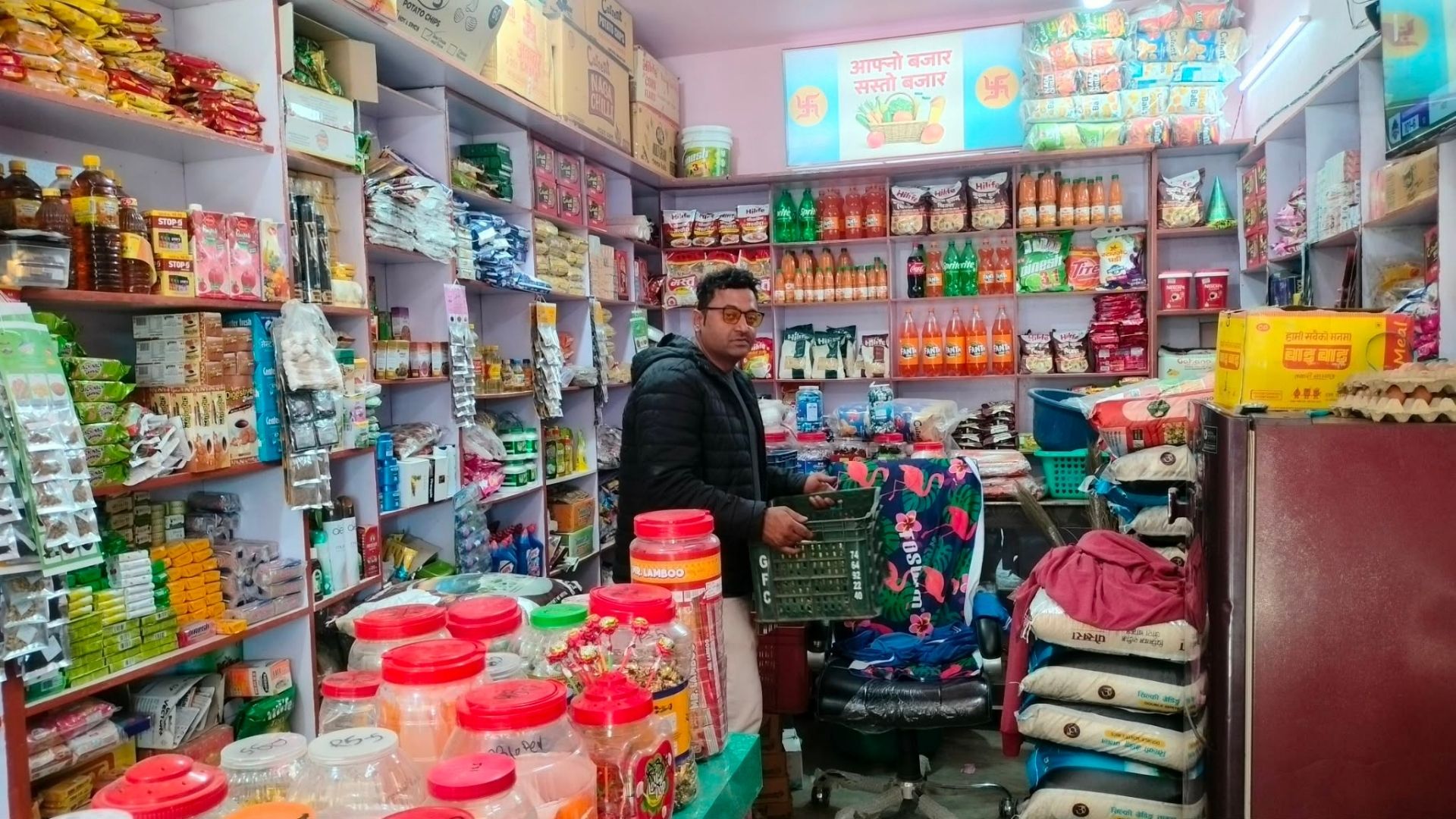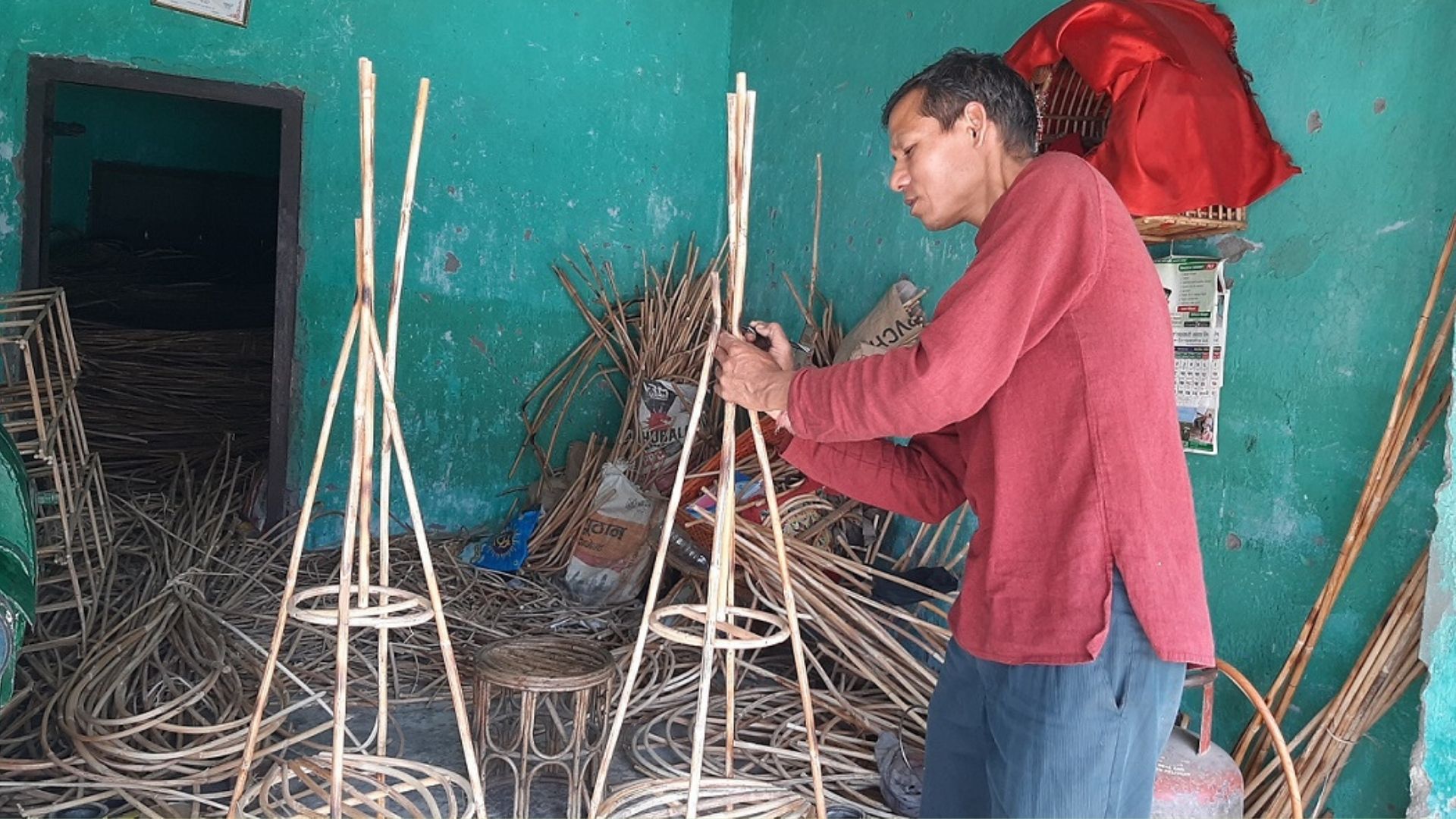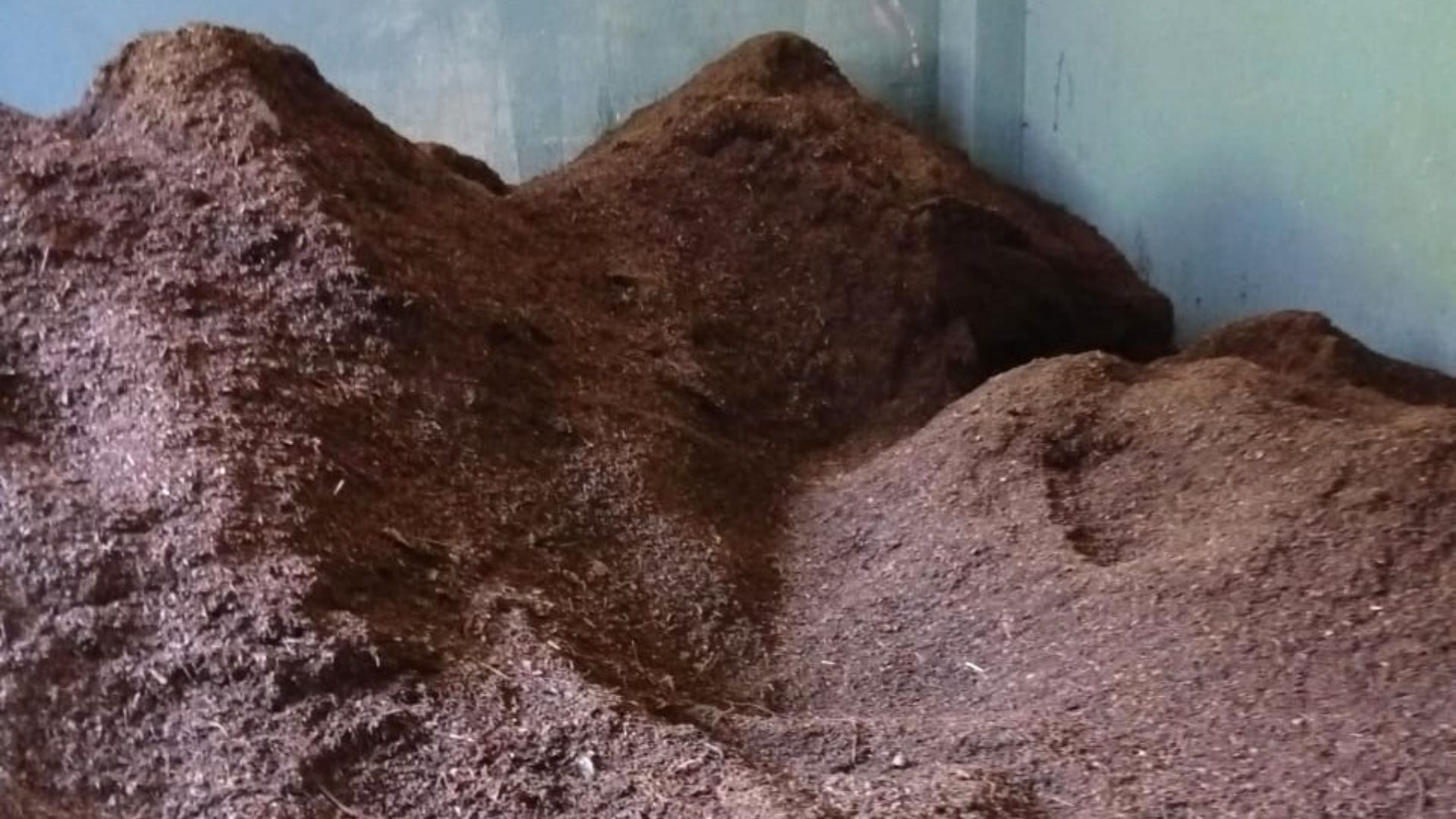As Tihar, Nepal’s second biggest festival, begins, the demand and trade of flowers have significantly increased. Known as the festival of flowers and colors, Tihar drives a surge in the sale and use of flowers throughout the country.
From religious rituals to weddings, greetings, farewells, and even funerals, flowers are an essential part of Nepali life. Over recent years, Nepal has been moving towards self-sufficiency in floriculture. Although flower farming began on a small scale in Nepal in 2011 B.S. (1954 A.D.), it only gained commercial momentum after the 2050s B.S. (early 1990s).
In the last decade, the number of people engaged in commercial flower farming has increased. With floriculture proving to be a profitable business, more people from other agricultural sectors have started cultivating flowers. The use of flowers during festivals like Tihar has also boosted flower farming, particularly of marigold and globe amaranth (Makhamali), which yield good returns in a short time.
Flower trade peaks especially during Tihar. According to Rajeshbhakta Shrestha, President of the Floriculture Association of Nepal, over 4 million flower garlands are sold in the Kathmandu Valley alone during Tihar. He notes that from nurseries to rented land, flower businesses are expanding rapidly in Nepal. With growing urbanization, floriculture is now practiced in major cities across all seven provinces and in 52 districts across the country.
“Nepal’s climate is highly suitable for flower cultivation,” says Shrestha. Currently, flower farming covers around 270 hectares of land nationwide. The floriculture industry has seen an investment of over NPR 8.83 billion and provides employment to 53,500 people.
The demand and supply in the floriculture sector are growing at an annual rate of over 10 percent. Although the COVID-19 pandemic had a temporary negative impact on the sector, it is now regaining momentum. In the fiscal year 2080/81 B.S. (2023/24 A.D.), the industry saw a turnover of over NPR 3.68 billion, while the previous fiscal year 2081/82 B.S. (2024/25 A.D.) recorded a turnover of NPR 3.37 billion, according to Shrestha.
Customs Department data shows that in FY 2080/81 B.S., Nepal exported flowers and flower-related products worth NPR 12.12 million. This figure increased to NPR 21.36 million in FY 2081/82 B.S. Nepal’s flower exports go to countries such as Japan, Hong Kong, the USA, Australia, Qatar, Canada, and the UAE, as reported by the Floriculture Association.
In a significant move, the Kathmandu Metropolitan City has decided to ban the import of foreign flowers this year to promote domestically grown products. The Metropolitan Police Chief, Rajunath Pandey, recently announced at a press conference that the city has adopted a policy to prohibit the import of foreign flowers.


